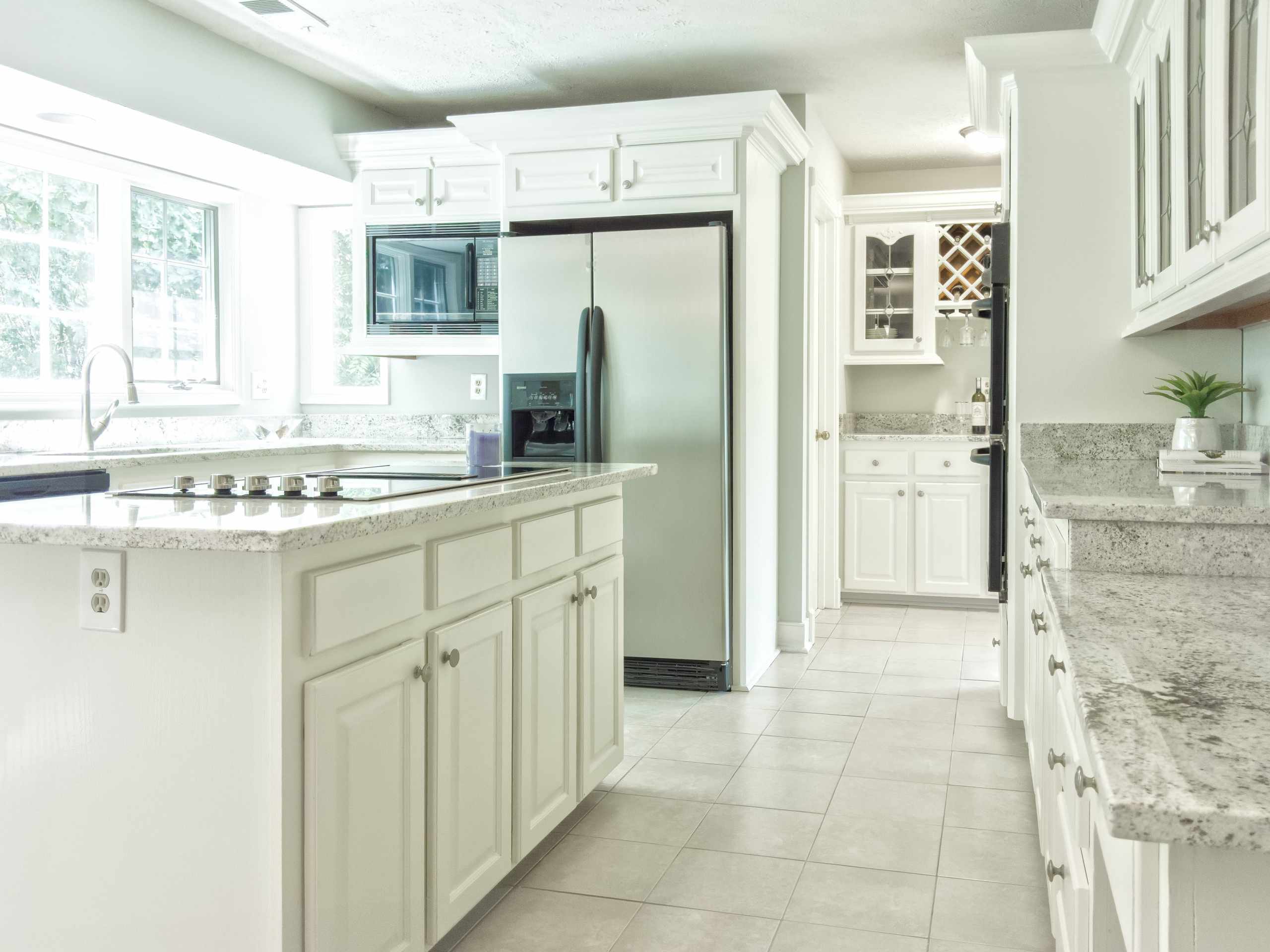Due to its tactile strength, polished concrete flooring is one of the easiest surfaces to keep clean. With a bit of care and effort, you can prolong the lifespan and aesthetic appeal of your clean polished concrete flooring by keeping it looking fresh.
Before you get to cleaning, it’s important to know what kind of concrete flooring you own. Different preparation methods and finishes require different methods of cleaning to look their best as time goes on.
- Polished concrete flooring employs varying grades of polishing pads to achieve the desired level of polish.
- Concrete grind-and-seal is the process of grinding concrete down to its substrate level and then sealing with a chemical solution.
Polished concrete floors will require a neutral pH floor cleaner in the mopping phase. Concrete grind-and-seal floors only need a weak detergent and a quick mop to continually look their best. Never use bleach or citrus-based cleaners on your concrete floors. Over time, they will eat away at finishes and into the substrate of your floor, permanently damaging them.
The first key objective of concrete floor cleaning is to keep it free from dirt and dust. We recommend using a soft, microfibre broom to remove debris. Microfibre will trap particles without further damaging the polished layer of the flooring — a risk presented by bristled brooms. Aim to sweep the floor at least once a week. Higher traffic areas will require more attention.
Concrete flooring is also resistant to liquid damage, provided that spills are cleaned up in a timely manner. Chemical spills can cause damage, so be sure to use extra care when preparing your concrete floors for cleaning.
Once the floor is free of debris, dust, and spills, you can apply your cleaning agent. Apply the pH neutral cleaning agent or detergent and water to the entire surface of the floor using a mop. Work methodically from left to right and top to bottom to ensure nothing is missed.
Give the cleaning agent sufficient time to get to work on grease and grime, but do not let the cleaning agent dry. This can lead to discolouration of your surface. Instead, after you apply the solution, work in the same direction and remove the solution with a clean mop and clean water. Ensure that the cleaning agent is removed in its entirety.
If you’re averse to manual labour, or you have a large area of polished concrete to address, you can hire floor scrubbing machines to get the job done faster. If you wish to pursue this option, ensure that you follow the manufacturer’s instructions to the letter. Also, favour softer cleaning pads that won’t damage the surface.
Finally, it’s important to take stock of the overall health of your concrete floors. Although they are hardy and durable, they still require touchups as the years go by. Further polishing and sealing can prevent your concrete floor incurring damage. We recommend having your concrete resealed or repolished every 10 years at least, and every 5 years for high traffic areas.
Sometimes, concrete floors just aren’t salvageable, even with professional attention. If this is the case, there is no point in continuing to clean them. If a concrete floor is irreparably damaged, moisture and chemicals from cleaning will only hasten its decline.
Instead, consult a concrete installation professional and assess your options. They will be able to advise you on the best route to take, whether it’s installing a new concrete floor, or restoring an existing one.
Keeping your concrete floors looking great is pretty simple. With careful attention, you can improve its lustre and visual appeal, while prolonging its lifespan.


